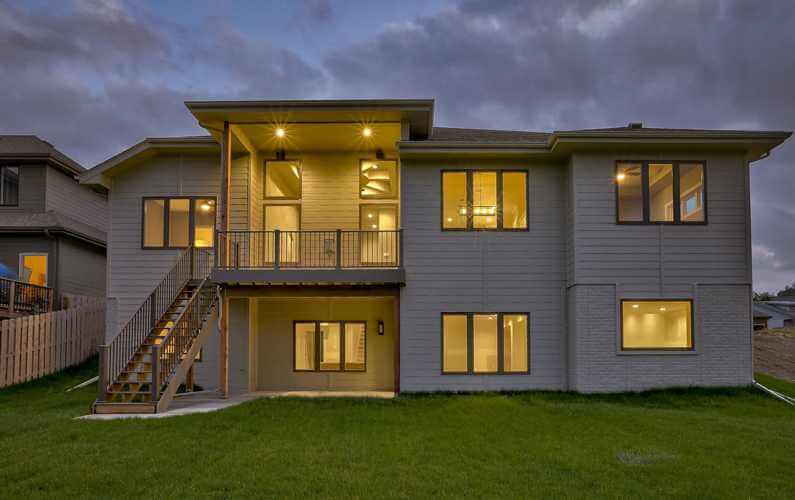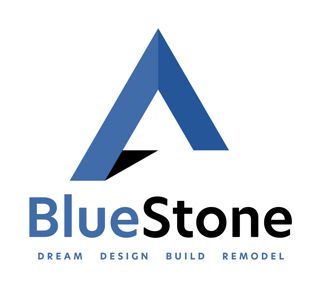Before, During, After – The AFTER Phase
Following construction of your new home there are a few helpful things to know, including: what is covered under your warranty, basic safety tips, understanding your heating and cooling systems, and some steps you should take to help prevent costly repairs to your new home.
If you have any questions regarding any of the items listed below, please use our contact form to reach out to us. We would be glad to answer any questions you might have.
Post Construction
Warranty Information
Each home includes a “2-10 Warranty Program” which is includes written standards and coverage:
- A one year written builders warranty
- A 5 year “Service One” warranty
- A 10 year “Home Buyers Warranty Co.” structural warranty
- Multiple long-term manufactures’ warranties
- A homeowner’s maintenance manual.
Home Maintenance
If you are already a BlueStone Homeowner see your Homeowners Manual for many more home maintenance tips.
Safety:
- Test your smoke detector with the test button that is located on each unit at least monthly. Replace smoke detector batteries once a year.
- Clean your clothes dryer exhaust duct, damper and space under dryer on a regular basis to help prevent fire in the home.
- In case of an emergency – Be sure that everyone in the house understands the location and use of the emergency shutoff and/or reset electrical system disconnects and breakers, the water system shutoff valves and all gas valve shutoffs (furnace, fireplace, gas range, etc.). Mark these valves with a tag so that you understand their purpose.
- Check out all of the GFI outlets in the home so that you get familiar with the location of the GFI master outlet that is used to reset each circuit. Several outlets are connected to the one reset outlet. These outlets are usually not located in the same room as the master outlet.
- Check the basement egress windows in the house to be sure that they open easily in case of a fire.
Heating and Cooling System
- Change your furnace filter monthly or as needed. Have your furnace and air conditioner system checked by a professional at least every two years.
- Check the humidifier on your home each fall and service it accordingly. Clean the water channels and replace the humidifier pad if necessary. Run it through an on/off cycle to be sure that the solenoid is working properly. Clean out the water discharge hose. Turn the valve in the 6” air pipe that runs between the furnace plenum and the humidifier to the “winter” setting. Remember: the humidifier should be turned on in the winter and it should be off in the summer.
- Monitor the humidity levels in your home on a daily basis in the winter months. Too much humidity will cause excessive condensation on your windows and may cause costly condensation problems in the roof and walls of your home. Too little humidity will cause the shrinking of oak floor planks, ceramic tile joints, and the panels in the cabinets and doors of the home. Too little humidity could result in drywall cracks and drywall nail pops. Static electricity “shocks” and breathing problems can be caused if the humidity levels of the home are too low.
- Clean out the fins in the outside air conditioning unit each spring to insure maximum efficiency. Check the unit for cleanliness several times each summer.
- Balance the air flow in your heating/cooling system each fall and spring to direct the conditioned air flow to the proper rooms. Use the dampers in the heat registers of your home to do this. Your homeowner’s manual will explain this in more detail.
- Keep your furnace fan in the “manual” not “auto” setting during the hottest and coldest times of the year to help balance the temperatures in each room of your home.
To Prevent Costly Repairs
- Inspect grout or caulk around bathtubs, showers, kitchen and bath counter tops, sinks and lavatories regularly and re-caulk all areas that crack. This can help to prevent costly repairs caused from water seeping into these cracks.
- Check the outside of the home regularly (siding, foundation, windows, doors) for cracks and separations. Repair with a good grade of caulk or concrete epoxy filler and touch up paint in the repaired areas as necessary.
- Clean out your gutters and downspouts on a regular basis to prevent gutter overflow which will damage the fascia and soffits of your home and could cause water problems in your basement. Clogged gutters in the winter could cause ice damming which will result in damage to your roof and possible water penetration in the ceilings and walls of your home.
- Be sure that gutter downspout extensions and sump pump discharge pipes are in place and secured properly. Be sure that they are not blocked by grass or debris and check to insure that the gutter and sump pump discharge water can flow easily out of the downspouts and pipes to the yard drainage contours.
- Monitor the dirt around your foundation and in your yard. If signs of settlement are observed and if there is not a positive slope away from your foundation, install dirt (backfill) to these areas immediately to prevent possible water problems in your basement or the pocketing of water in the drainage swales in your yard.
- Check the expansion joints and control joints in the exterior concrete of your home in the late summer of each year. Caulk and seal these joints as necessary as well as any cracks that may appear to minimize water penetration under the exterior concrete of your home.
- Have your roof inspected for potential leaks at least once every two years.
- Drain your yard sprinkler system each fall before freezing temperatures begin to prevent costly freeze-up repairs to the vacuum breaker and piping.
- Remove garden hoses from your outside sill cocks before freezing temperatures begin to prevent piping freeze-up that usually show up in the spring when you first use the sill cock for the new season.
- Check the operation of the sump pump(s) in your home at least monthly to be sure that they are operational, that they are properly located in the sump pit (be sure that the float will not hang up on the sides of the pit), and to be sure that they are plugged into the sump pit outlet correctly.
- Partially drain your hot water heater using the drain valve that is located near the bottom of the tank to drain a few gallons of water from the bottom of the tank about every 6 months. This will remove the sediment that may accumulate in the bottom of the tank. Use caution as the water that is released will be very hot.
- Inspect and clean out the soffit vents in the roof overhangs of your home at least once a year. The new state of the art roof ventilation systems (power attic fans, roof turbines, and continuous ridge vents) cause a much stronger air flow through your attic than the old systems. This (airflow) through the soffit vents results in dirt, cottonwood cotton and other debris to build up in the screened portion of the vents. Furnace and water heater back drafts as well as significant energy loss situations can be caused if the attic ventilation system is clogged.





